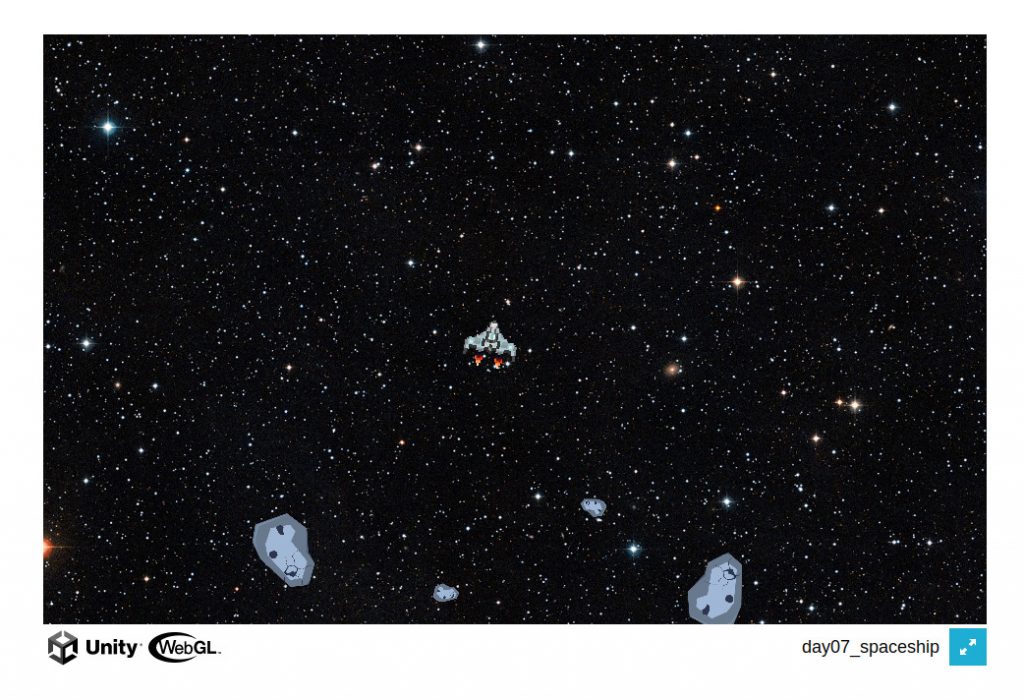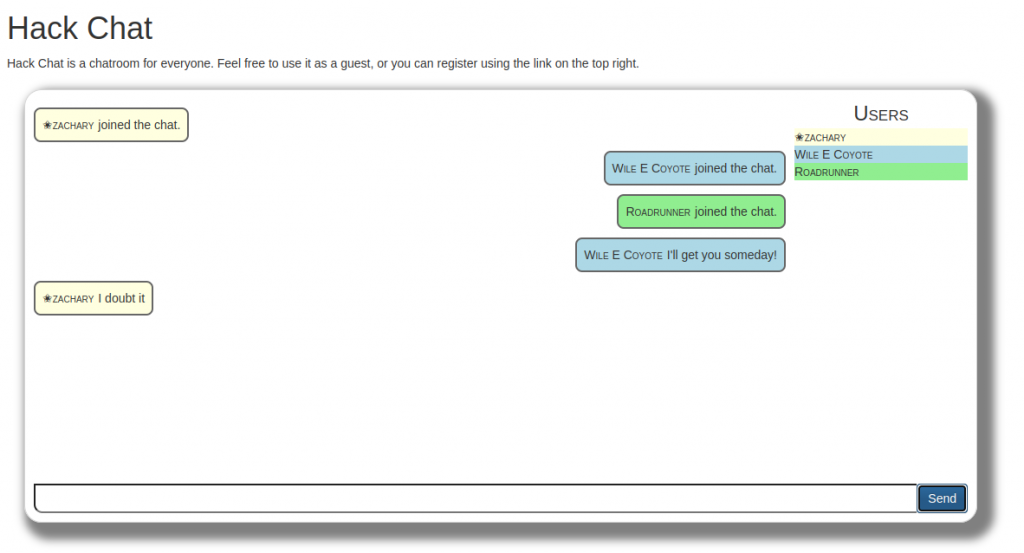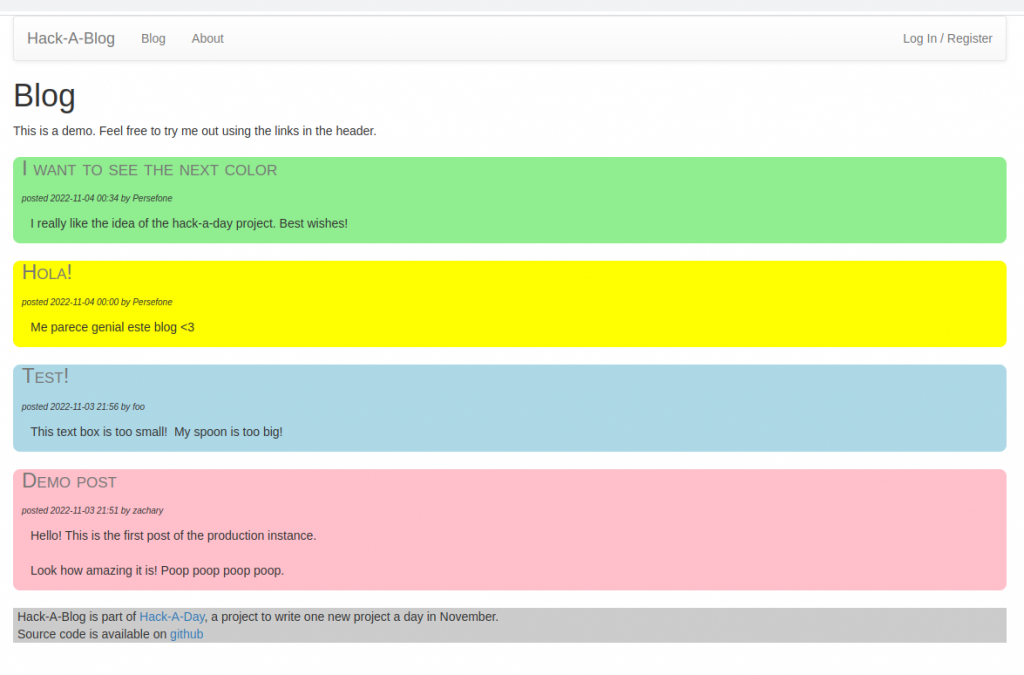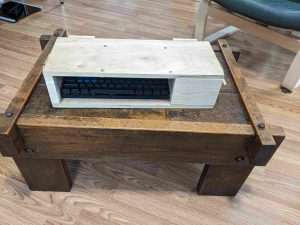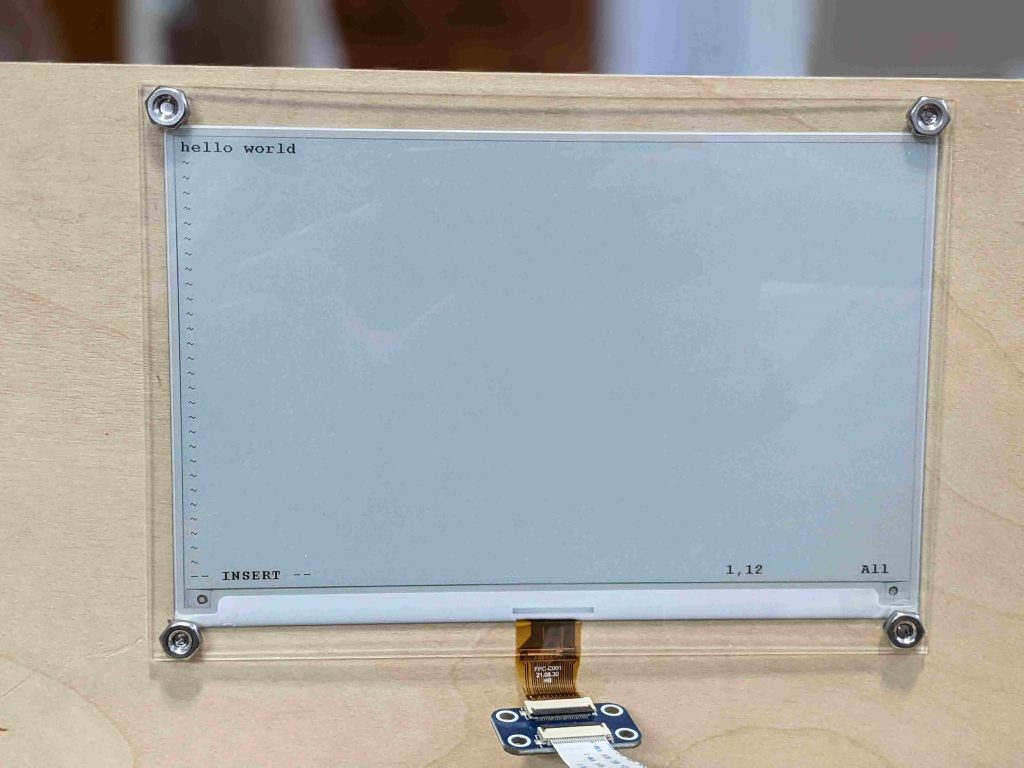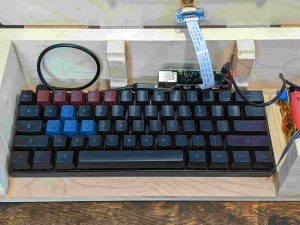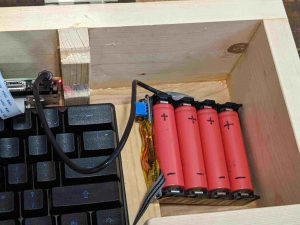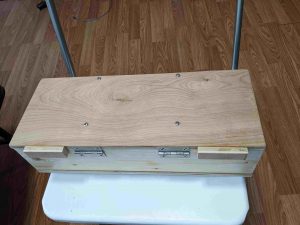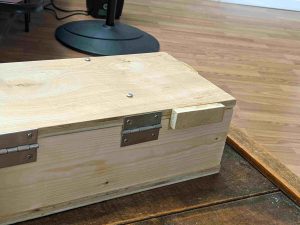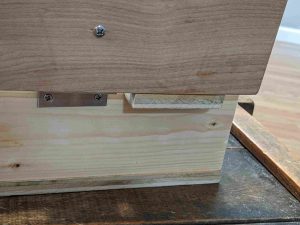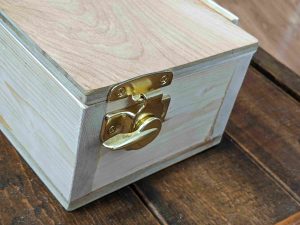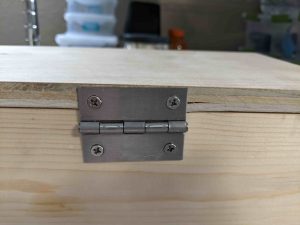I write down everything I do. Yesterday, I wrote a quick-and-dirty analysis program to get some stats on common habits.
The full results are here: drive floss food read sleep teeth tv wake walk youtube. Of course, what I write down doesn’t perfectly match what I do, so most of the absolute stats are vastly wrong. Comparative ones are still interesting.
Here’s some results:
- The data say I’m a night owl. I go to sleep 0.9 times a day on average. 2am-4am is most common. I wake up at 11am-12pm.
- I brush my teeth 0.18 times a day, on average, but 0.36 times in 2021. Surely that’s not right!? I have flossed 25 times since 2018. I’m going be honest… that one probably is about right, yikes.
- I watch 30% more youtube on Tuesday than Saturday, but only 4% more television. I watch most TV between 9pm and 1am. Youtube is pretty spread out. I watch tv 0.7 times a day, buy youtube 1.9 times a day.
- I read 1.1 times a day, usually before midnight.
- I eat 3.5 times a day on average. This includes 796 days where I didn’t record eating. Omitting those, I eat 6.5 times a day.
I’ll leave you with this poor man’s graph of driving frequency over time. See the pandemic hit?
{'2018-01': 'x',
'2018-02': '',
'2018-03': 'x',
'2018-04': 'xxx',
'2018-05': '',
'2018-06': '',
'2018-07': 'x',
'2018-08': '',
'2018-09': '',
'2018-10': 'x',
'2018-11': 'xx',
'2018-12': 'xx',
'2019-01': 'x',
'2019-02': '',
'2019-03': 'xxxxxxx',
'2019-04': 'x',
'2019-05': '',
'2019-06': 'x',
'2019-07': 'x',
'2019-08': 'xx',
'2019-09': '',
'2019-10': 'xxxxx',
'2019-11': 'xxxxxxxxx',
'2019-12': 'xxxxxx',
'2020-01': 'xxxxxxxxx',
'2020-02': 'xxxxxxxxxxx',
'2020-03': 'xxxxxxx',
'2020-04': 'xxxxx',
'2020-05': 'xx',
'2020-06': '',
'2020-07': '',
'2020-08': '',
'2020-09': '',
'2020-10': 'x',
'2020-11': 'xxxxxx',
'2020-12': 'x',
'2021-01': 'xx',
'2021-02': 'xxx',
'2021-03': 'xxxxxxxxx',
'2021-04': '',
'2021-05': 'xxxxxxxx',
'2021-06': 'xxxxxxxxxxxxxxx',
'2021-07': 'xxxxxxxxxxxxxxxxx',
'2021-08': 'xxxxx',
'2021-09': 'xxxxxxx',
'2021-10': 'xxxx',
'2021-11': 'xxxxxx',
'2021-12': 'xxxxxxxx',
'2022-01': 'xxxxxxxxx',
'2022-02': 'xxxxxxxxxx',
'2022-03': 'xxxxxxxxxxxx',
'2022-04': 'xxxxxxxxxxxxxxxxxxxxxxx',
'2022-05': 'xxxxxxxxxxxxxxxxxxxxxxx',
'2022-06': 'xxxxxxxxxxxxxxxxx',
'2022-07': 'xxxxxxxxxxxxxxxxxxxxxxx',
'2022-08': 'xxxxxxxxxxxxxxxxxxxxxxx',
'2022-09': 'xxxxxxx'}
